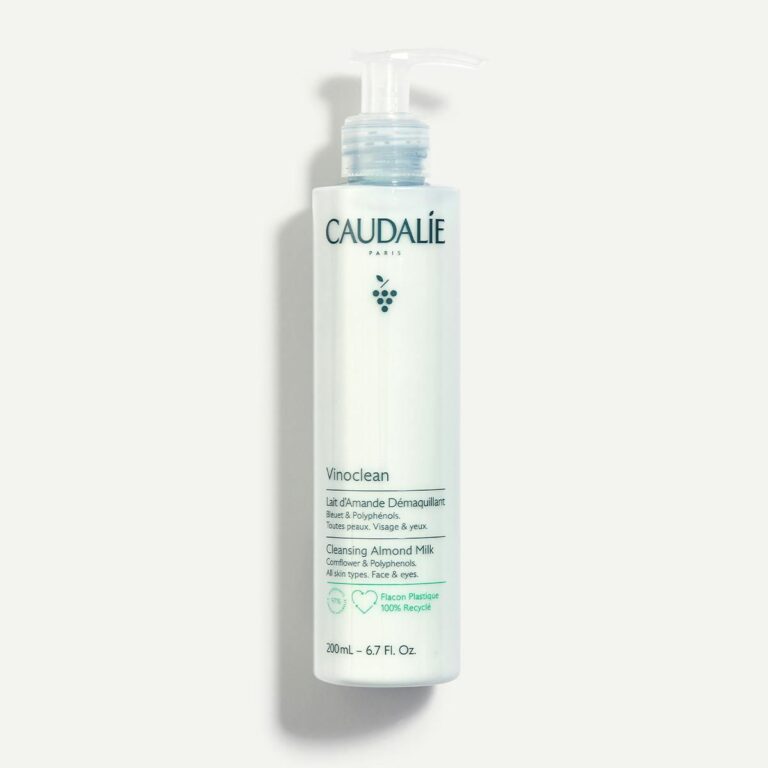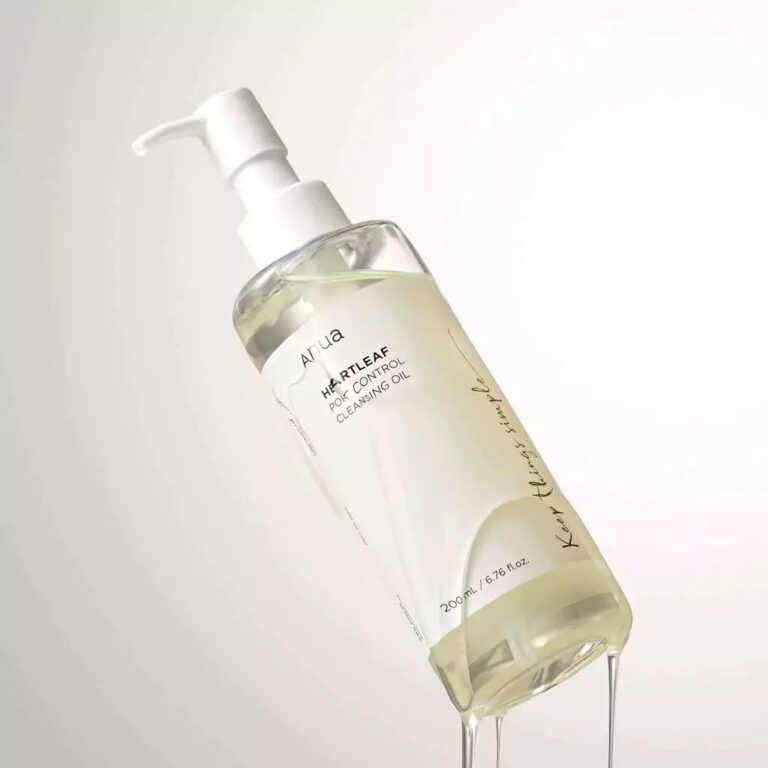Disclaimer: This content included affiliate products.
Definition and Purpose of Cleansers:
Cleansers are essential skincare products designed to clean the face by removing dirt, excess oils, and makeup residues. Proper cleansing helps to prevent acne, blackheads, and dullness, maintaining healthy and balanced skin. Cleansers regulate oil secretion, prevent clogged pores, and maintain the skin’s pH balance.
Types of Cleansers:
1. Foaming Cleanser
– Characteristics: Creates a rich lather that effectively removes oils from the skin.
– Suitable for: Oily and combination skin types. Some formulations are designed for dry and normal skin.
– Potential Issues: May irritate sensitive skin.


2. Gel Cleanser
– Characteristics: Has a gel-like consistency that removes oils without irritating the skin.
– Suitable for: Sensitive, oily, and combination skin types. Also available for normal and dry skin.


3. Milk Cleanser
– Characteristics: Creamy consistency, gentle on the skin.
– Suitable for: Dry and sensitive skin. Some variants cater to oily or combination skin suffering from dryness.


4. Active Cleanser
– Characteristics: Contains active ingredients like salicylic acid or benzoyl peroxide to target acne.
– Suitable for: Acne-prone skin. Can irritate sensitive skin.


5. Oil Cleanser
– Characteristics: Oil-based formula that dissolves excess oils and impurities.
– Suitable for: Dry skin primarily, but also available for oily skin. Can be used in double cleansing routines.
– Potential Issues: May irritate sensitive skin.


6. Balm Cleanser
– Characteristics: Thick, balm-like texture, often used in jars.
– Suitable for: Dry skin. Some formulations cater to other skin types.
– Potential Issues: Oils can irritate sensitive skin depending on the type and reaction of the skin.


Choosing the Right Cleanser for Your Skin Type:
– Dry Skin:
– Milk Cleanser: Creamy consistency, gentle, and hydrating.
– Balm Cleanser: Thick, nourishing, often used in jars.
– Oily Skin:
– Foaming Cleanser: Creates a rich lather that effectively removes oils.
– Gel Cleanser: Removes oils without irritating the skin.
– Oil Cleanser: Dissolves excess oils and impurities, suitable for double cleansing.
– Combination Skin:
– Foaming Cleanser: Targets oily areas while cleansing.
– Gel Cleanser: Balances the skin without over-drying.
– Sensitive Skin:
– Gel Cleanser: Gentle on the skin, suitable for sensitive types.
– Milk Cleanser: Creamy and soothing.
– Acne-Prone Skin:
– Active Cleanser: Contains active ingredients like salicylic acid or benzoyl peroxide to target acne.
– Normal Skin:
– Gel Cleanser: Suitable for maintaining balance without irritation.
– Foaming Cleanser: Light and effective for everyday use.
Common Mistakes in Using Cleansers:
1. Using a cleanser not suited to your skin type.
2. Cleansing more than twice a day.
3. Using very hot water to wash the face.
4. Drying the face roughly with a towel.
5. Purchasing expensive cleansers without assessing skin needs.
6. Not changing the cleanser when skin type changes.
7. Using tissues or wipes for cleaning the face.
8. Using soap bars as facial cleansers.
9. Using physical scrubs as daily cleansers or exfoliants.
Important Notes:
– Using soap as a cleanser can disrupt the skin’s pH balance, leading to irritation and dryness due to its high alkalinity (pH 9-11) compared to the skin’s natural pH (4.5-5.5).
– Physical scrubs can cause microtears and damage the skin barrier due to abrasive particles.
Usage Guidelines:
– Active Cleanser: Apply for 2-3 minutes, avoiding the eye area.
– Regular Cleanser: Massage on the face for 30-60 seconds.
– Double Cleansing: Involves using an oil-based cleanser followed by a water-based cleanser for thorough cleansing, especially effective for removing heavy makeup and sunscreen.
By choosing the right type of cleanser and following proper usage guidelines, you can maintain healthy, clear, and balanced skin.




